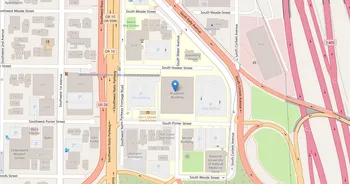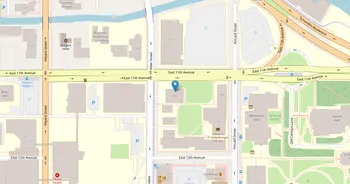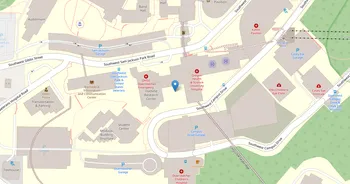Multnomah University (MU) : Overview, Courses, Scholarships & Rankings
About Multnomah University
Tucked into Portland's eastside, Multnomah University is known for faith-shaped academics in the humanities, social sciences, and professional studies. Small classes and attentive faculty set a steady pace. Campus life includes a bright library, chapel, practical classrooms, quiet study spots, and residence halls, plus a fitness center, tutoring, advising, counseling, and career coaching.
Student life leans relational and hands on. Clubs, worship nights, service projects, open mics, and intramurals meet a city rich with coffee, food carts, and art, plus easy escapes to trails and the coast. The vibe is close knit, reflective, and purposeful. Internships connect students with nonprofits, schools, and local businesses. Traditions like regular chapel and campus wide service days shape the year. Notable alum Luis Palau studied here.
Key Institutional Details
Contact & Profile
Academic & Institutional
Academic Programs & Fields of Study
Multnomah University (MU) offers 0 degree programs across 0 major academic fields, graduating approximately 0 students annually. Explore program details, award levels, and graduate demographics below.
Admission Requirements & Test Scores
Comprehensive overview of admission criteria, standardized test score ranges, and application requirements for prospective students at Multnomah University (MU).
Application Requirements
Data based on IPEDS for 2022-2023 academic year. Test score ranges represent the middle 50% of admitted students (25th-75th percentile). Requirements may vary by program.
Tuition, Fees & Estimated Costs
Overview of tuition rates, housing, and other annual education expenses for undergraduate and graduate students
Financial Aid & Student Support
Summary of scholarships, grants, student loans, and financial aid statistics for undergraduate students
Student Success Metrics
Graduation rates and post-graduation earnings to help assess student outcomes and long-term value of education.
Loan Burden & Repayment Outcomes
Breakdown of loan repayment rates and student debt levels by income and dependency status.
Frequently Asked Questions
Find answers to the most common questions about Multnomah University (MU)
How much does it cost to attend Multnomah University (MU)?
The annual tuition at Multnomah University (MU) is $30,310 for in-state students. When including room and board, books, and other expenses, the total estimated cost is approximately $45,310 for in-state students. Additional costs include room and board $11,000 and books and supplies $1,500.
Data based on IPEDS program completions for 2022-2023 academic year. Tuition and cost estimates are approximate and may not include all fees, personal expenses, or transportation costs.
What academic programs and degree levels does Multnomah University offer?
Multnomah University (MU) offers 0 academic programs across 0 major fields of study, with available degree levels: Bachelor's, Postbac Cert., Master's, Doctorate (Other).
Data based on IPEDS program completions for 2023-2024 academic year. Numbers reflect programs where students graduated, not all offered programs.
What is the acceptance rate for Multnomah University?
Multnomah University (MU) has an 49.8% acceptance rate and a 36.7% yield rate, making it highly selective.
Admission statistics breakdown:
- Total applicants: 317
- Students admitted: 158
- Students enrolled: 58
Data based on IPEDS for 2022-2023 academic year. Admission statistics may vary by program and application cycle.
What financial aid and scholarships are available at Multnomah University?
Multnomah University (MU) provides financial aid to 24% of first-time, full-time students, with average grants of $18,214 and average loans of $5,544.
Average financial aid amounts by type:
- Pell grants: $4,392
- State/Local grants: $3,572
- Institutional grants: $15,012
- Federal loans: $3,812
The university supports 90 students with grants and 86 students with loans annually.
Data based on IPEDS for 2022-2023 academic year. Financial aid amounts and percentages may vary by program, enrollment status, and individual circumstances.
What is the average salary for Multnomah University graduates?
Multnomah University (MU) graduates earn a median salary of $35,556 after 6 years and $47,939 after 10 years.
The salary range 10 years after graduation spans from $28,735 (25th percentile) to $74,961 (75th percentile).
Data based on IPEDS for 2022-2023 academic year. Salary data reflects graduates who received federal financial aid (approximately 60% of all graduates). Actual earnings may vary significantly based on program, location, and individual circumstances.
Related Universities




Found something useful? Help others discover it too! Share with friends, on social media, or save for later - every share helps someone find the information they need.